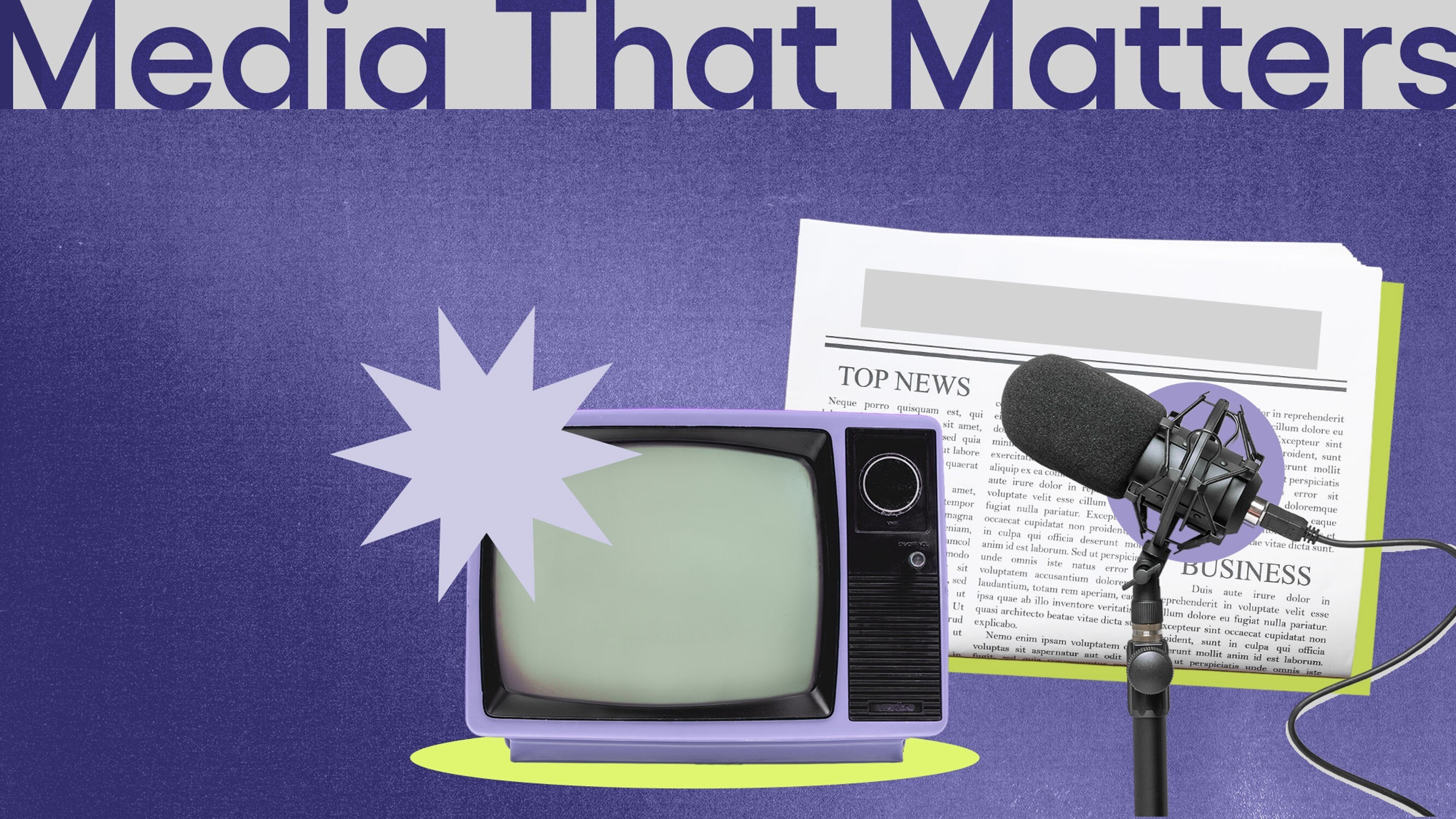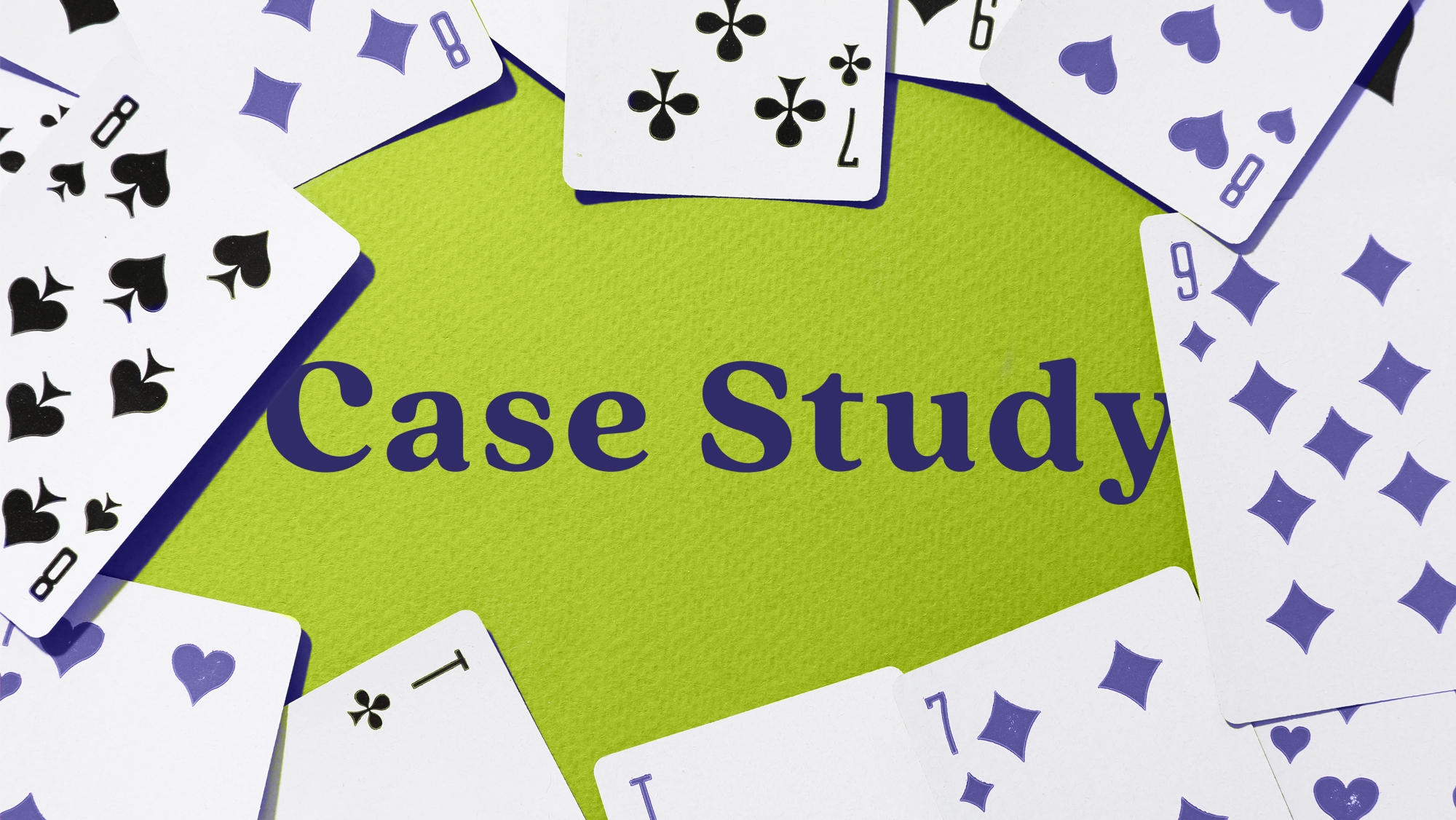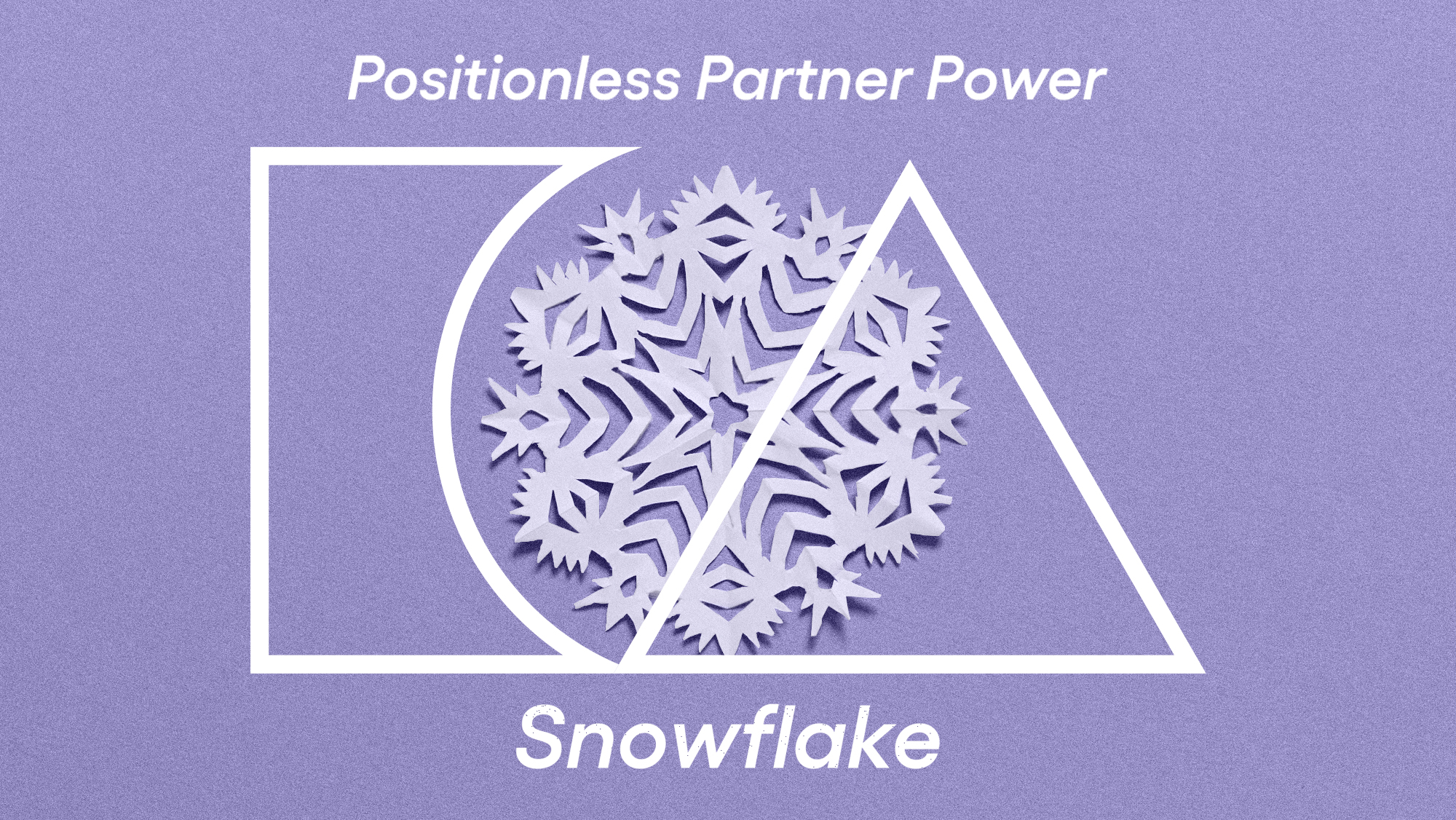- Non-Experts: Product managers, marketers, HR professionals, and founders can become Positionless by using ChatGPT to analyze data and generate visualizations without advanced technical skills.
- Experts that can benefit from it: Data analysts, BI professionals, financial planners, data engineers
What it is
ChatGPT is the most popular artificial intelligence tool, developed by OpenAI. It uses natural language processing to understand and generate human-like responses.
In the field of data gathering, analysis, and visualization, ChatGPT assists by summarizing datasets, identifying trends, or transforming complex technical language into understandable ideas.
While it does not replace specialized software and professionals, it serves as a bridge for non-technical users to become Positionless by being able to manage and interpret data more confidently and effectively.
Uses and features of ChatGPT for Data Analysis purposes
- Data Interpretation and Simplification: helps users make sense of complex datasets by translating technical or numerical outputs into plain-language explanations. Whether you're trying to understand a trend in sales, campaign performance, or survey responses, ChatGPT can break it down into easy-to-understand insights without requiring statistical fluency.
- Summarization and Reporting: helps analysts and non-analysts communicate data-based ideas clearly and quickly. It can generate summaries of large spreadsheets or reports, write executive-friendly insights, or repackage analytics findings into slide content, emails, or briefings.
- Code Generation and validation: ask ChatGPT to write Python, R, or SQL code for a wide range of analytical tasks — from cleaning data in Pandas, performing regressions in stats models, to generating custom charts using Plotly or Matplotlib. You can say: “Write a Python script to calculate retention by cohort”, or “Create a bar chart that shows average revenue by region”. You can also ask for validation on the logic behind the codes you already built.
- Exploratory Data Guidance: upload CSV files or paste tabular data to get suggestions on ways to analyze it. For example, it may recommend comparing monthly averages, clustering categories, or visualizing seasonal patterns. This guidance helps non-experts figure out what to look for before with no need to dive into tools like Excel or Tableau.
- Assistance with Spreadsheet Formulas and Functions: can assist with Excel and Google Sheets formulas. Whether you are stuck with nested IF statements or need to automate a pivot table, it can troubleshoot and suggest better formulas with logical explanations. It can also validate the logic behind the formula you are already using.
- Data Cleaning and Restructuring Help: it can suggest ways to handle missing data, identify inconsistent entries, or reformat date/time variables. It is particularly useful for non-technical professionals managing data exported from CRMs, ad platforms, HR systems, etc.
- Natural Language Data Queries (NLQ): instead of manually filtering and calculating, users can ask questions like “What’s the average order size by channel?” or “How did Q1 2024 compare to Q4 2023?”. ChatGPT will help structure the logic behind these answers, even if the data resides elsewhere.
- Pattern Detection and Hypothesis Exploration: for users exploring why something is happening — user drop-off, revenue decline, churn spike, etc. — ChatGPT can suggest hypotheses, statistical tests, or exploratory models to validate assumptions.
Regardless of the intended use, the most important thing is knowing how to direct the platform to deliver the desired results. To this end, have in mind the basic prompt structure below — which can and should vary according to the user's needs — that provides most of directions that ChatGPT needs to begin interacting with you.
Try This Prompt Out To...
...easily find interesting data in a CSV file!
Try the prompt below to test ChatGPT's analytical capabilities. Adjust the highlighted information to suit your interests.
"Persona: As a BI and data specialist
Task: Analyze the CSV attached and point out patterns, interesting insights, and numbers that might be useful according to my objective.
Context: The data are about the access to a company's website in 2025 and the interactions made by visitors.
Restrictions: Disregard column A on the first tab
Objective: With the data provided, I will create a presentation for the board of the company to convince them to invest in our online shop.
Output: Organize the insights you find in a bullet-point list"
Common Mistakes Made and Limitations of ChatGPT for Data Analysis
-
Feeding vague or incomplete data:
If the dataset or description is unclear, ChatGPT can misinterpret the structure or context. For instance, if column headers are missing or not described properly, it may produce misleading suggestions.
-
Lacking context or goals:
If you do not define what you are trying to learn from the data, ChatGPT may generate generic summaries or irrelevant visualizations. A lack of business context often leads to surface-level insights.
-
Relying on the free version for data vis purposes:
ChatGPT can suggest good code for data visualization, but it can’t generate the graphs itself, unless you are using the Pro version that has Python and other tools enabled. If you are using the free version (GPT-3.5), you can upload the spreadsheet and ask questions about it or ask for codes to use in other software, but it will not run the code or generate the actual graph image itself.
-
Not validating codes:
ChatGPT generates plausible code based on training. That means bugs, inefficiencies, or incorrect logic can appear without warning.
-
Rely on the free version for graph analysis:
Free ChatGPT (3.5) will not evaluate any image graph you upload, as it can't "see" images. This means that it can't tell if the graph is misleading, cluttered, poorly labeled or take info or insights from it unless you describe the numbers back to it.
-
Expecting real-time analytics or data connectivity:
Even if you are using Pro plan, ChatGPT does not connect to live data sources or BI dashboards unless you use third-party plugins or APIs.
-
Trust in it for sensitive data management:
When working with HR files, financials, or medical info, users might be pasting private content into a public tool without considering compliance, privacy, or security risks.
Tips to Avoid These Mistakes
- Always define your goal clearly
Clarify what you're trying to learn or communicate: “I want to compare ad spend by platform over the last 6 months,” or “I need a chart that shows how engagement drops after 5 days.” This ensures that the output is targeted and useful.
- Describe your data in detail
If you’re pasting or uploading data, explain what each column means, what the dataset represents, and what period it covers. The more context you give, the better the insights will be.
- Test all code before using it
Always run the code in a sandbox or development environment first. Do not deploy or report anything without checking the logic first.
- Refine iteratively
Treat the process like a conversation. Layering steps build more accurate results.
- Ask for explanations
If you are unsure about what a recommended code is doing, or what are the reasons for a certain insight to pop up, ask ChatGPT to explain it line by line. This helps you build your own understanding and verify accuracy.
- Do not upload confidential data
When in doubt, consult your company’s or client data policy. Do not insert your personal data into it.
- Prefer to use it as a logic checker
“Does this cohort retention formula make sense?” or “Is this the best way to visualize this?” — This kind of approach reduces errors and expands your analytical thinking and backlog of references.
When Should Non-Experts Call Experts?
- If the results will be presented in investor decks, executive briefings, or public-facing reports, bring in a data analyst or visualization expert to ensure clarity and impact.
- Budget decisions, product pivots, or hiring strategies based on data should involve professionals who can validate models and assumptions rigorously.
- For advanced statistical work, A/B testing, regressions, forecasting models, and causal inference use analysts or data scientists to avoid false positives or flawed conclusions.
- If you're trying to connect outputs to a live dashboard (e.g., Power BI, Tableau), or automate reports, a data engineer or BI developer should support you.
- For large datasets, automation, or integration into pipelines, a software or data engineer ensures performance and security.
- If you're analyzing customer data, employee metrics, or health records, consult legal or IT person to ensure compliance with data privacy laws and company policies.
For more details on how to use ChatGPT for optimization and creative activities, visit the specific pages on these topics, where you can find the key features, common errors, and limitations of the tool in each area.
ChatGPT for optimization and productivity
ChatGPT for creativity
While ChatGPT enables marketers to generate creative content, analyze data, and optimize workflows with speed and autonomy, Optimove ensures that these efforts translate into measurable customer impact. With Optimove’s AI and agentic marketing capabilities, assets created in ChatGPT can be instantly activated in personalized, multichannel campaigns. Optimove's Positionless Marketing Platform turns ChatGPT-powered productivity into customer-centric execution by orchestrating communications based on real-time behaviors and predictive analytics. Together, they allow marketers to be fully positionless: from ideation and planning with ChatGPT to intelligent delivery and optimization with Optimove.



